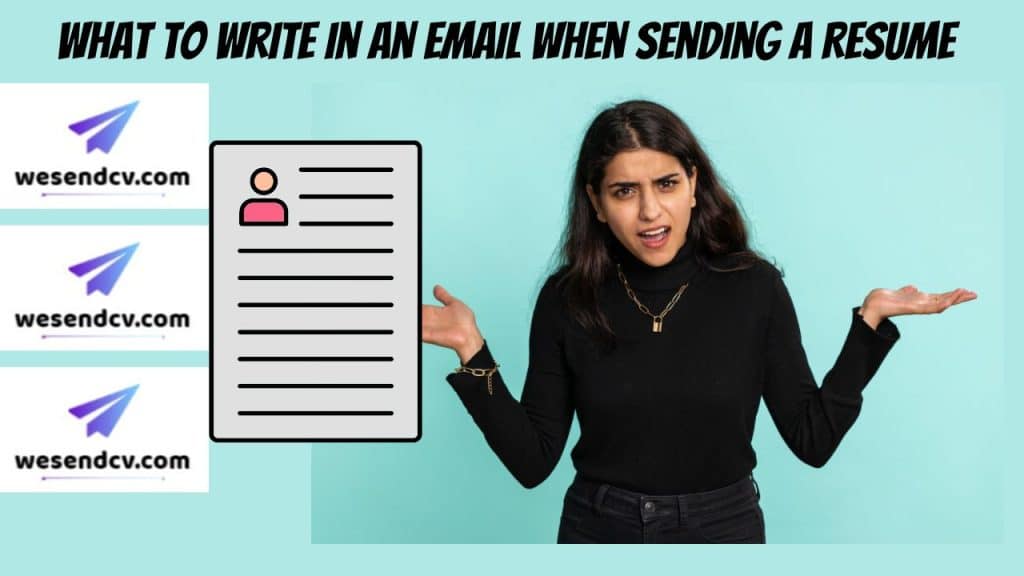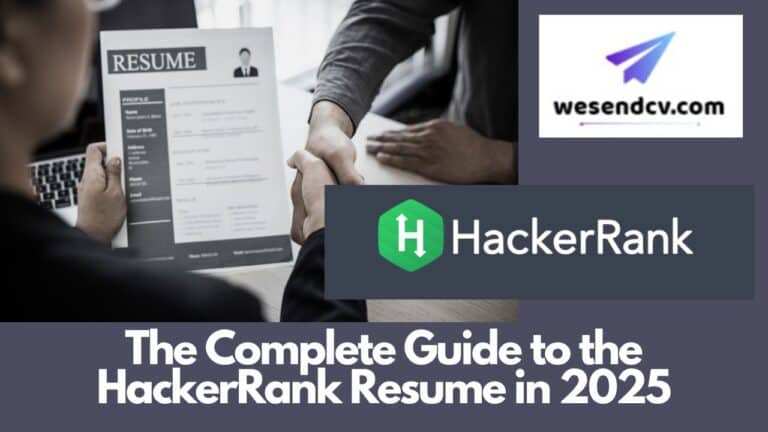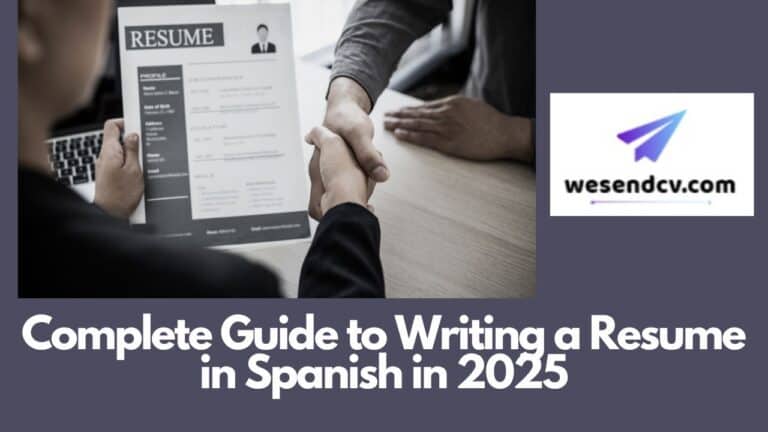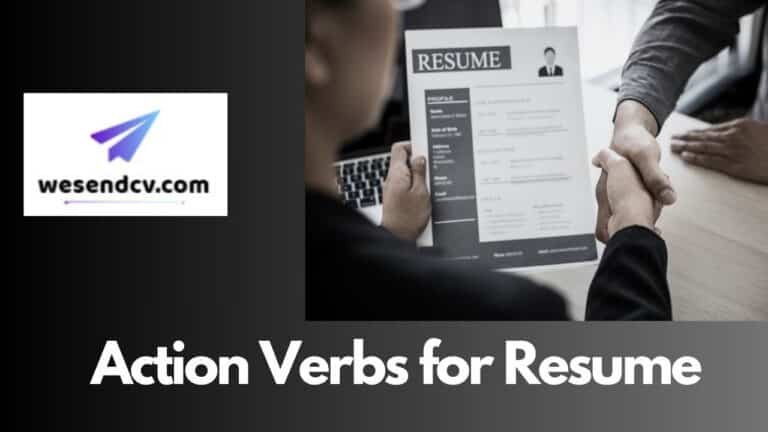How to Craft a Winning Email When Sending a Resume: A Guide to Boost Your Job Search
As a job seeker, sending a resume to potential employers can be a daunting task. With the rise of applicant tracking systems (ATS) and the increasing competition in the job market, it’s essential to make a strong impression with your resume and cover letter. In this article, we’ll explore the key elements to include in an email when sending a resume to increase your chances of getting noticed by hiring managers and recruiters.
The Importance of a Well-Crafted Email
When sending a resume, the email you send can make or break your chances of getting an interview. A poorly written email can lead to your resume being ignored or even deleted. On the other hand, a well-crafted email can help your resume stand out from the crowd and increase your chances of getting noticed.
What to Include in Your Email
When crafting your email, there are several key elements to include:
A Clear Subject Line: Your subject line should clearly state the position you’re applying for and include your name. This will help your email get past the ATS and ensure that hiring managers and recruiters can easily find your email.
A Professional Greeting: Start your email with a professional greeting, addressing the hiring manager or recruiter by their title and last name. This will help establish a level of professionalism and respect.
A Brief Introduction: In the first paragraph, introduce yourself and explain how you came across the job posting. This will help the hiring manager or recruiter understand your interest in the position and how you can contribute to the organization.
A Summary of Your Qualifications: In the second paragraph, summarize your qualifications and highlight your relevant skills and experience. This will help the hiring manager or recruiter quickly see how you can meet the job requirements.
Your Resume: Attach your resume to the email and ensure it’s in a format that’s easy to read and understand. This will help the hiring manager or recruiter quickly scan your qualifications and experience.
A Call to Action: End your email with a call to action, expressing your enthusiasm for the position and requesting an opportunity to discuss your qualifications further.
Best Practices for Writing a Winning Email
When writing your email, keep the following best practices in mind:
Keep it Short and Sweet: Keep your email concise and to the point. Hiring managers and recruiters are busy and don’t have time to read lengthy emails.
Use a Professional Tone: Use a professional tone throughout your email, avoiding slang and jargon.
Proofread and Edit: Proofread and edit your email carefully to ensure there are no typos or grammatical errors.
Use a Clear and Concise Format: Use a clear and concise format, breaking up your email into paragraphs and using bullet points to highlight your qualifications.
When it comes to sending a resume via email, crafting the perfect message can make a huge difference. Here’s a friendly FAQ to help you out:
Main Highlights of Content
ToggleEmailing Your Resume: Frequently Asked Questions
1. What should I include in the subject line?
Tip: Keep it clear and professional.
- Use a format like:“[Job Title] Application – [Your Name]”Example: “Marketing Manager Application – Jane Doe”
2. How should I address the recipient?
Tip: Personalize if possible.
- If you know the hiring manager’s name, use it:“Dear [Hiring Manager’s Name],”
- If not, you can use:“Dear Hiring Team,”
3. What should I say in the email body?
Tip: Keep it concise and to the point.
- Start with a friendly greeting.
- State the position you’re applying for.
- Mention where you found the job listing.
- Briefly highlight your qualifications or experiences.
- Express enthusiasm for the opportunity.
- Include a polite closing.
Example:
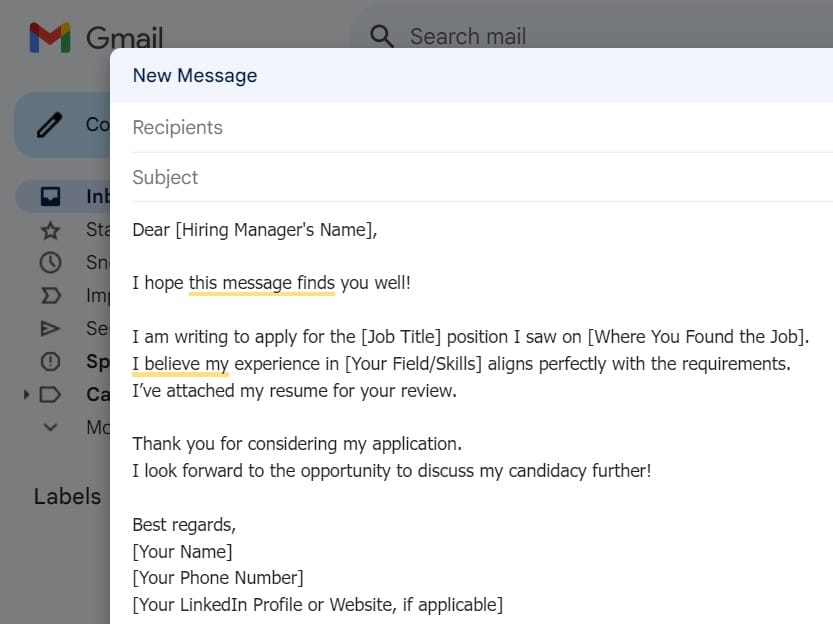
Dear [Hiring Manager's Name],
I hope this message finds you well!
I am writing to apply for the [Job Title] position I saw on [Where You Found the Job].
I believe my experience in [Your Field/Skills] aligns perfectly with the requirements.
I’ve attached my resume for your review.
Thank you for considering my application.
I look forward to the opportunity to discuss my candidacy further!
Best regards,
[Your Name]
[Your Phone Number]
[Your LinkedIn Profile or Website, if applicable] 4. Should I attach my resume or include it in the email?
Tip: Always attach your resume.
- It’s usually best to attach it as a PDF to preserve formatting.
- Make sure to label the file clearly:“[Your Name] Resume.pdf”
5. Is it necessary to include a cover letter?
Tip: It depends on the job listing.
- If the job description asks for a cover letter, definitely include it.
- If not specified, it’s a good idea to mention that you can provide one if required.
Final Tips
- Proofread your email. Spelling or grammatical errors can leave a bad impression.
- Follow up if you don’t hear back after a week or two. A gentle reminder can show your continued interest!
I hope this helps you write an effective email when sending your resume! Good luck with your job applications!
Conclusion
When sending a resume, a well-crafted email can make all the difference in getting noticed by hiring managers and recruiters. By including a clear subject line, professional greeting, brief introduction, summary of your qualifications, your resume, and a call to action, you can increase your chances of getting an interview. Remember to keep your email short and sweet, use a professional tone, proofread and edit carefully, and use a clear and concise format. With these tips, you can boost your job search and increase your chances of landing your dream job.
About the Author
Linda Kaurji – As a career coach with over a decade of experience in the resume and CV writing industry, I’ve helped countless job seekers from fresher to experienced to navigate the complex world of job applications. With a background in HR and a passion for helping others achieve their career goals, I’m committed to providing expert advice and guidance to job seekers of all levels.
